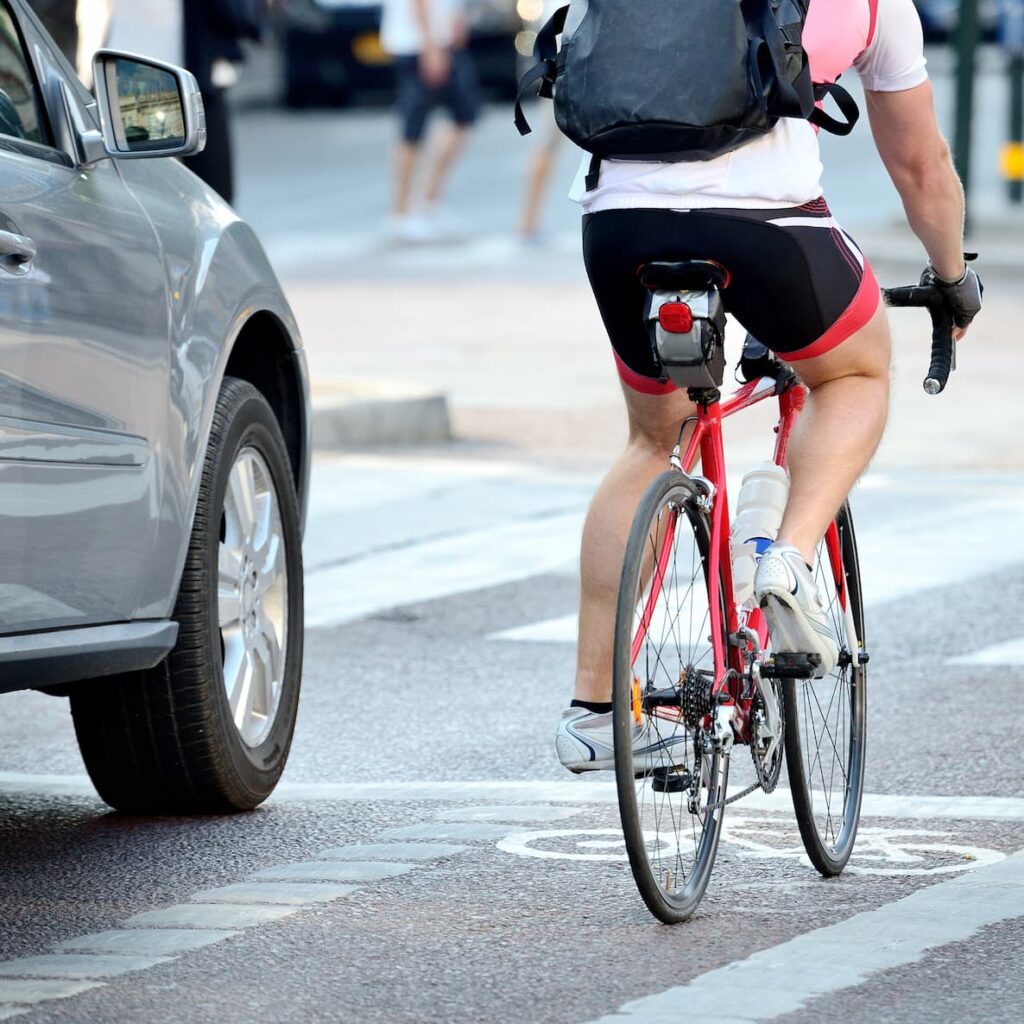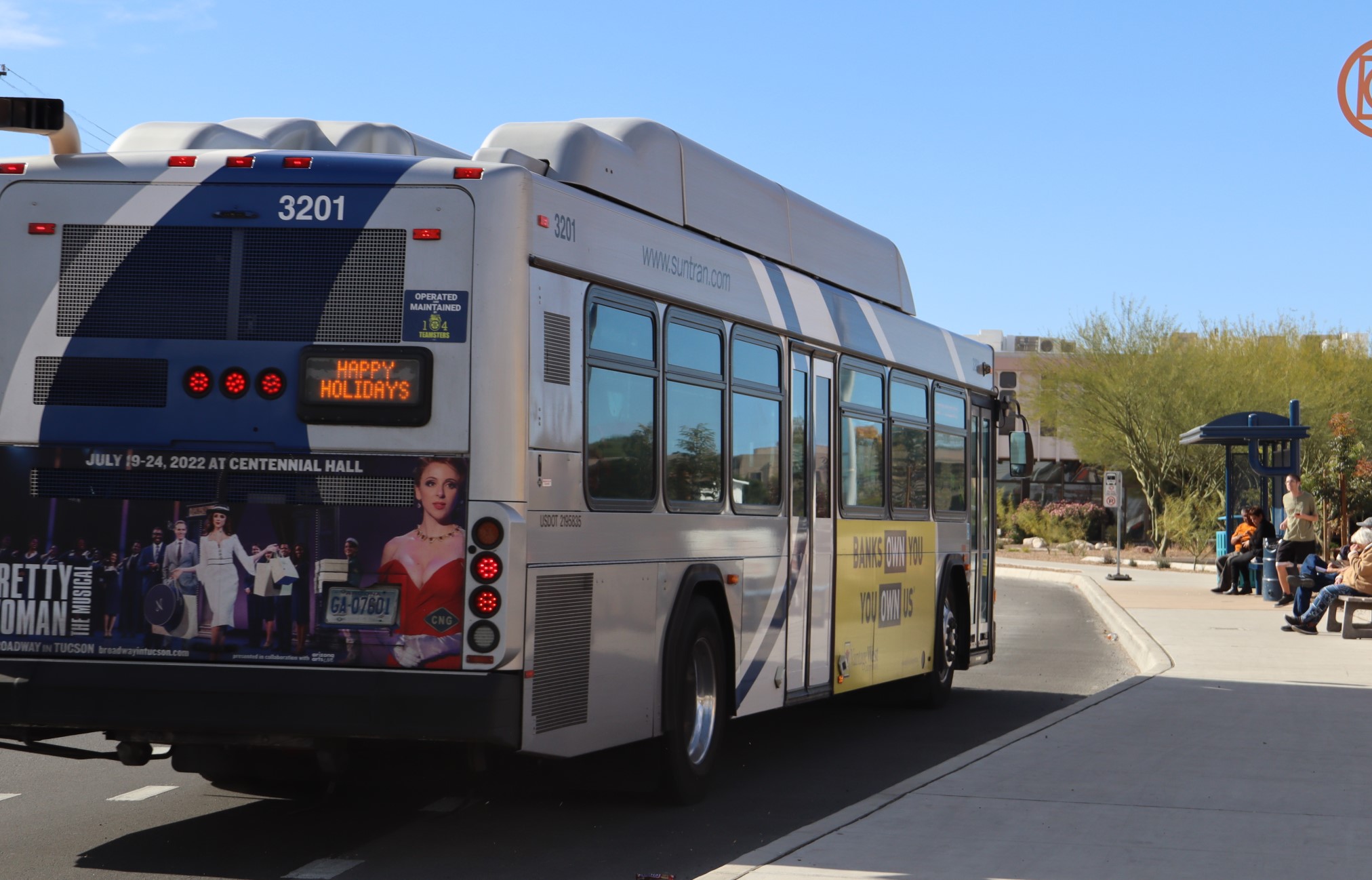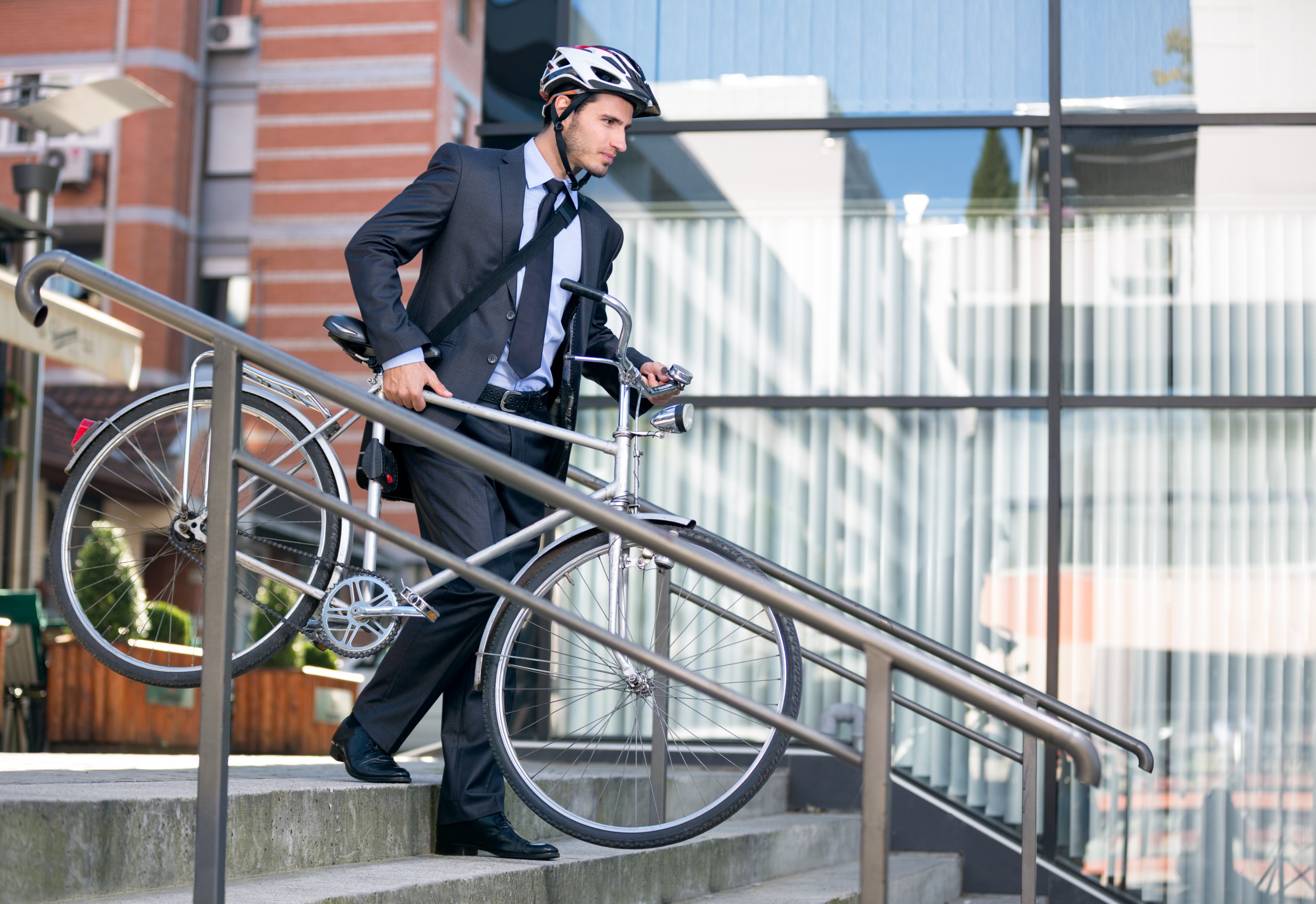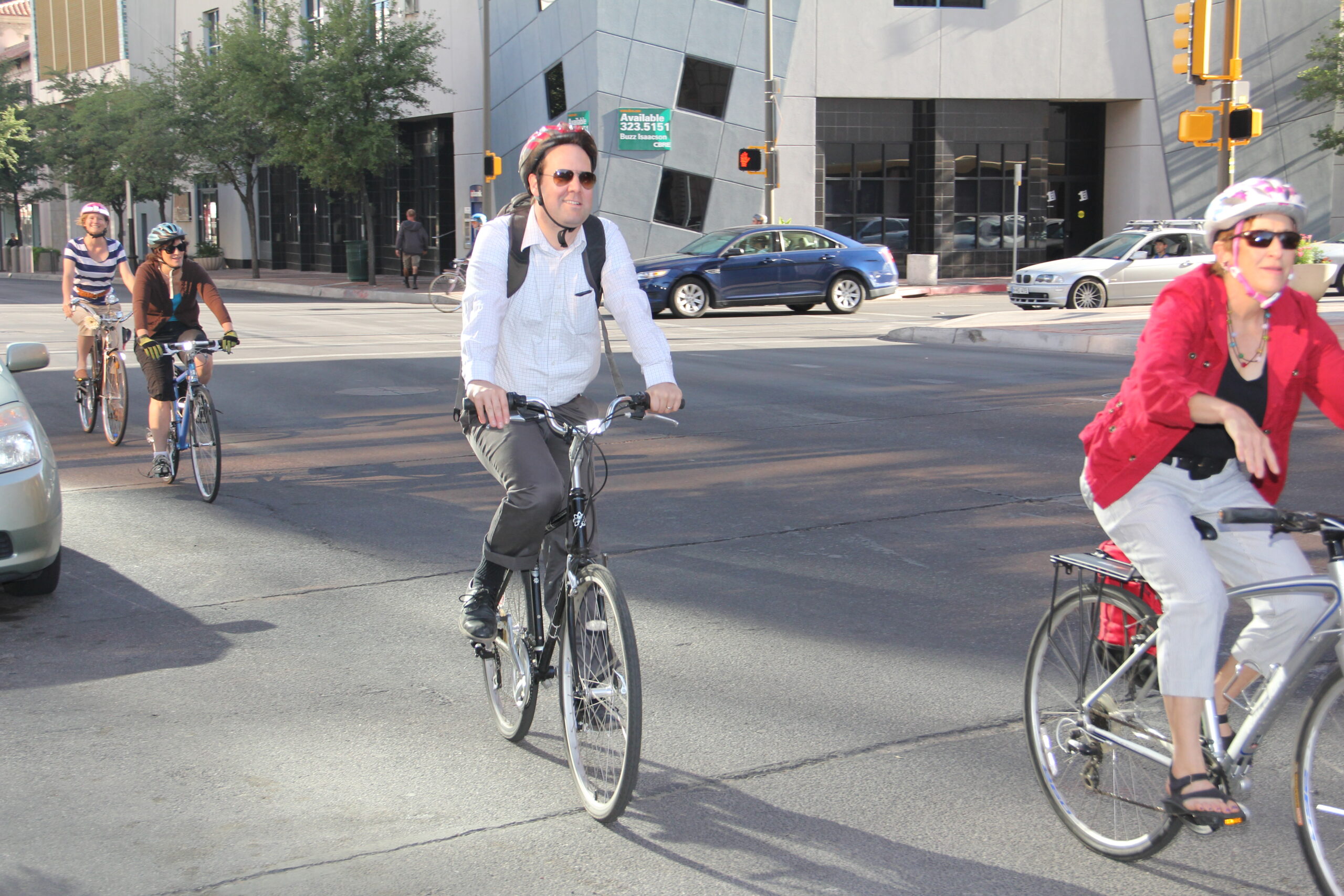In a perfect world, everyone using the roadways would watch out for each other. Cyclists, pedestrians, drivers and those using alternative transportation modes would all do their part to keep the roads safe.
But since we don’t live in a perfect world, it’s especially important for pedestrians and bike riders to take extra safety precautions.
The roads are dangerous. The National Highway Traffic Safety Administration estimates 7,100 pedestrians were killed in traffic crashes in the United States in 2024, while 1,116 cyclists were killed in traffic crashes in 2023.
“But casualties are preventable,” wrote Pien Huang for npr.com. “(With) safe behaviors, like being visible and predictable.”
The good news is according to the Governors Highway Safety Association (GHSA), pedestrian deaths have dropped for the second consecutive year. This is a good development, but pedestrian casualties still are up nearly 20 percent since 2016.
Here are some safety tips to help navigate the city streets as a cyclist or pedestrian, or some things to consider when driving by those on bike or foot.
Look Behind
Everyone is taught from a young age to look left, right and left again before crossing the street, but to be extra safe pedestrians and cyclists should also look behind them. This is especially important at intersections where drivers trying to turn right might not see you.
Take a quick look behind you to see if a car is preparing to turn right. If possible, make eye contact with the driver, that way you know they see you.
Predictability
It is important to be visible to drivers and cyclists, but being predictable is also a good idea to ensure safety. Don’t suddenly change direction and jump into the crosswalk when it appears you were heading in a different direction. Don’t run into the street when the light is changing. Use sidewalks and bike lanes whenever possible, avoiding areas pedestrians and cyclists aren’t expected to be.
Nearly two-thirds of pedestrian deaths occurred in locations without a sidewalk.
“Sidewalks can help protect people walking by providing a physical separation between them and motor vehicle traffic, but they are missing or in poor condition in many parts of the country,” wrote Adam Snider on the GHSA website.
Over 1,100 pedestrians were killed on freeways and interstates, which are no designed for pedestrians.
Being visible is also important. More than three-quarters of pedestrian fatalities occur after dark. Wear light clothing. Better yet, when you know you will be out when it will be getting dark, wear reflective clothing. Lights are a must when cycling but are also a good idea when walking.
Don’t be distracted
Everyone has a phone or earbuds, but make sure you are aware of your surroundings and can hear oncoming traffic or verbal warnings from cyclists or faster moving pedestrians.
Many earbuds have a transparency mode that allows external microphones to pick up surrounding noises and open ear styles of ear buds are gaining popularity. These styles, which sit on top of the ear, not in the ear canal, allow the listener to hear external noises while still enjoying their music, podcasts or audio books.
Be aware of non-traditional motorists
E-scooters and e-bikes are two the fastest growing forms of urban transportation, but even users of older methods of travel such as skateboarding or in-line skating can move faster than you might expect.
E-bikes and e-scooters can move at especially high rates of speed, while still sharing bike lanes or sidewalks, so it is imperative that cyclists and pedestrians be aware of these vehicles.
“Many cities and communities have yet to create the road infrastructure to accommodate these vehicles, so you may have to share space with them on sidewalks, bike paths and roads,” wrote Huang.
Part of being visible as a cyclist is letting motorists and pedestrians know your intentions. Using turn signals, both hand signals and electronic signals, can let motorists know when you are going to turn. Having a bell on your bike can alert pedestrians that you plan to pass. No bell, just use our voice and let them know.
Be defensive
Just because you have the right of way, don’t take it for granted that others realize it. Make sure others on the road realize you have the right of way, and if needed, concede it. It is better to be safe than right.
“We have decades of data to show that expecting people to always act the right way on the road does not work,” said Ryan Sharp, a transportation consultant with Alta, a transportation design firm.
Stay sober
We’ve all heard the messages to not drink and drive but being sober on a bike or even as you walk is also vitally important. Twenty-nine percent of pedestrians 16 and older killed in motor vehicle crashes had a blood alcohol concentration (BAC) of 0.08 or higher, which is even higher than the percentage of drivers with a BAC over 0.08.
“Alcohol and/or drug impairment by pedestrians can put them at risk while walking near vehicle traffic,” wrote Snider.
According to an article in the Arizona Republic, toxicology screens were conducted on 37 of the 48 pedestrians killed in 2023 in Pima County. The region’s Medical Examiner’s Office data shows 68% of those victims tested “positive for methamphetamine, fentanyl, alcohol, or other drugs of “significant interest,” not including marijuana.”
In the City of Tucson, officials ran toxicology screens on 30 of the 39 pedestrians killed in 2023, with 73% testing positive for drugs or alcohol.
Learn more about pedestrian, bicycle and driver safety tips and then take PAG’s transportation safety pledge.




